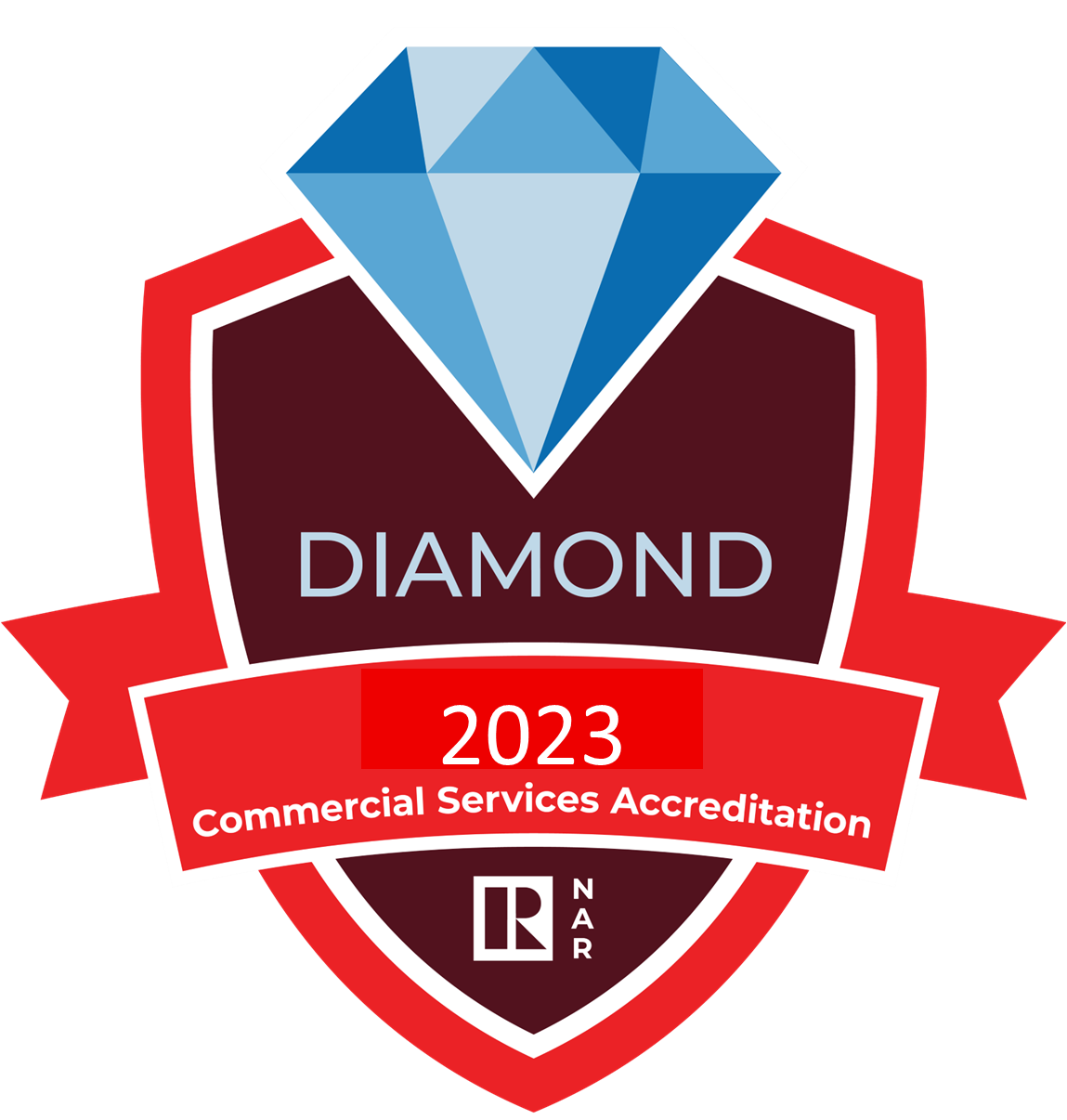The Commercial Alliance of REALTORS welcomes two new REALTOR members:
Debbie Woehrmyer, Signature Associates and
Christi Cronk, EXIT Realty Property Partners.
WELCOME!
Commercial Alliance of Realtors
West Michigan
by Shari
The Commercial Alliance of REALTORS welcomes two new REALTOR members:
Debbie Woehrmyer, Signature Associates and
Christi Cronk, EXIT Realty Property Partners.
WELCOME!
by Shari
by Rick Welsh, ASTI-Environmental
Municipalities and industries discharging wastewater into the surface waters of the state are required by law to obtain a National Pollutant Discharge Elimination System (NPDES) permit. Michigan’s Department of Environment, Great Lakes, and Energy (EGLE) has added per- and polyfluoroalkyl substances (PFAS) sampling into routine NPDES permit compliance sampling inspections. EGLE has conducted sampling of municipal wastewater treatment plans (WWTPs) and industrial dischargers, finding that potential sources of PFAS include:
· Airports (firefighting foams)
· Landfills
· Metal platers / finishers
· Paper manufacturers
· Clothing manufacturers, tanneries, fabric/leather treaters
· Firefighting foams – Class B Foam, also called An Aqueous film forming foam (AFFF)
· Disposal (e.g., application to agricultural fields) of solids from the WWTP treatment process referred to as sludge or biosolids may become a potential emerging PFAS contamination issue.
There are nearly 5,000 types of PFAS, some of which have been more widely used and studied than others. PFAS have the unique ability to repel both oil and water. Thus, PFAS are also a popular component in many everyday consumer products including:
· Stain-repellant or water-repellant clothing
· Stain treatments for carpets & furniture
· Camping tents
· Food containers like pizza boxes, take out & fast-food sandwich wrappers, and popcorn bags
· Electrical wire insulation
· Polishes, waxes & paints
· Shampoos and Certain cosmetics, particularly eye shadow, foundation, facial powder, bronzer, and blush
Given the past and continuing use of these consumer products, most people have detectable concentrations of PFAS in their blood. Although, unlike environmental contaminants such as PCBs and DDT, PFAS are not known to concentrate in the fat of animals and humans.
The 8-carbon PFOA and PFOS are no longer manufactured in the United States and have been replaced by smaller 4- & 6-Carbon PFAS. This is significant because PFOS and PFOA stay in the human body for a lengthy period of time (half-life in humans of 1+ years) and are generally considered more toxic to humans. In contrast, the smaller carbon PFAS replacements often have a half-life of days to weeks.
There is currently not a drinking water standard (called a maximum contaminant level or MCL) for any of these PFAS compounds. The U.S Environmental Protection Agency (EPA) has however published a drinking water health advisory limit for drinking water of 70ppt (parts per trillion) for both PFOS and PFOA. Drinking water health advisories non-regulatory (i.e., non-enforceable) concentrations of drinking water contaminants at or below which adverse health effects are not anticipated to occur.
The follow table provides the EPA’s MCLs for several other common drinking water contaminants:
| USEPA Drinking Water Standard or MCL (ppt) | USEPA Drinking Water Health Advisory (ppt) | |
| Benzene (petroleum) | 5,000 | NA |
| PCE (dry cleaners) | 5,000 | NA |
| Lead | 15,000 | NA |
| PFAS | Under Evaluation | 70 |
Benzene – A known human carcinogen, Lead – A known human neurotoxin, Perchloroethylene or PCE – Neurotoxin & likely human carcinogen
Note that the USEPA PFAS drinking water health advisory is calculated, using a series of uncertainty factors, to be much lower than the MCLs for these other chemicals.
In July 2019, Michigan’s PFAS Action Response Team (MPART) “Science Advisory Workgroup” (SAW), composed of three scientists selected by MPART, calculated proposed drinking water health-based values (HBVs) for seven PFAS compounds:
| PFAS Compound | MPART HBVs parts-per-trillion or ppt | Number of Carbons |
| PFNA | 6 | 9 |
| PFOA | 8 | 8 |
| PFHxA | 400,000 | 6 |
| PFOS | 16 | 8 |
| PFHxS | 51 | 6 |
| PFBS | 420 | 4 |
| GenX* | 370 | 6 |
*GenX is a trade name for a technology that is used to make high performance “polymers” (e.g., some nonstick coatings) without the use of perfluorooctanoic acid (PFOA)
These Michigan HBVs will be used to establish a Michigan PFAS MCL in the spring of 2020 (which may be delayed due to the Covid-19 epidemic).
Below is the original timeline for implementation:
Rulemaking: Completed Steps
· April 4, 2019: MPART met and established SAWG.
· June 27, 2019: MPART SAWG provided HBVs for seven PFAS compounds (see table above)
· July – October 2019: Stakeholder engagement sessions/draft rules finalized
· Jan. 8, 2020, Public Hearing #1 re: PFAS Rules (Grand Rapids)
· Jan. 14, 2020, Public Hearing #2 re: PFAS Rules (Ann Arbor)
· Jan. 16, 2020, Public Hearing #3 re: PFAS Rules (Roscommon)
· November 14, 2019: Environmental Rules Review Committee (ERRC) voted to allow rulemaking to proceed
· December 2019 – January 2020: Public hearings scheduled/public comment period
· February 2020: ERRC received updated rules package and voted to approve as-written
Rulemaking: Upcoming Steps
· EGLE submits rule package to Michigan Office of Administrative Hearings and Rules (MOAHR)
· MOAHR and the Legislative Service Bureau review the rule package (up to 21 days)
· MOAHR submits the rule package to the Joint Committee on Administrative Rules (JCAR) for their review (15 session days) Industry and government will be addressing this issue for many years to come and we will continue to monitor advances in science and changes in rule making.
Contact Rick Welsh, 1-800-395-ASTI, with additional questions.

© 2025, Content: © Copyright 2022 Commercial Alliance of REALTORS West Michigan. All rights reserved. Website by CARRISTO